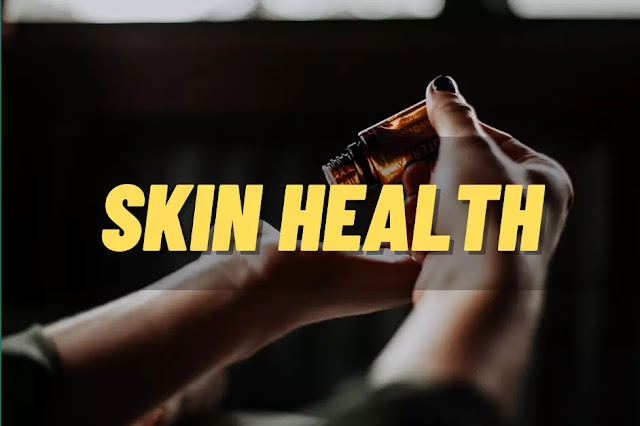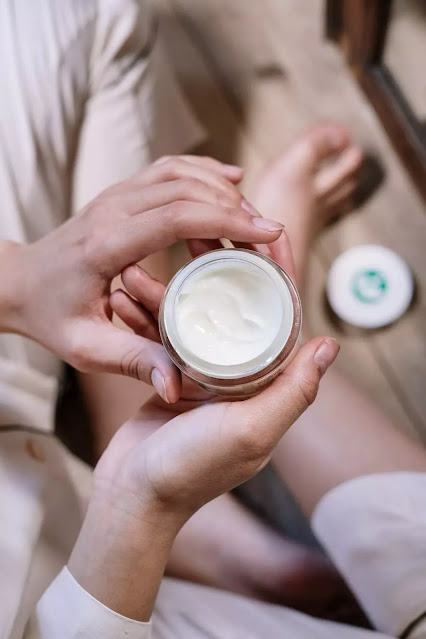Many people are ditching their cosmetics and skin-care routines in favour of going natural (and for good reason). Some of the ingredients in commercial cosmetics are frightening. Is Caprylyl Glycol, on the other hand, safe? Is Caprylyl Glycol Harmless to My Skin? These are the questions we are going to answer today in this article and you will be able to know everything that you should know about this renowned skin ingredient.
What exactly is it? Caprylyl glycol is a kind of alcohol commonly found in cosmetics.
What exactly does it do? The following are some probable benefits:
• Antimicrobial effects
• Aids in the emulsification of goods
• Excellent moisturizer for skin and hair
• Prevents the use of stronger chemicals in the preservation of items
In what products does it appear? This component can be found in skin treatments, hair products, and cosmetics.
Is it secure? Cosmetics containing Caprylyl Glycol are thought to be safe. However, some people may be irritated.
What exactly is Caprylyl Glycol?
Caprylyl glycol (also known as 1,2-octanediol) is a type of alcohol that could be found in a variety of cosmetics and hygiene products. It’s made up of caprylic acid, an eight-carbon saturated fatty acid. Coconut and palm oils, as well as some types of mammal milk, contain it naturally.
Caprylyl Glycol is used in skincare for a variety of reasons.
Caprylyl glycol is extremely popular due to its versatility. Here’s a closer look at the potential benefits for your skin.
Caprylyl glycol is a humectant, which means it sucks water into the skin and tends to protect it wet. As a result, caprylyl glycol may help to keep your skin moist. Bonus: It can also help your lovely strands *flip hair*.
Amphiphilic Caprylyl Glycol, that is to say, has both hydrophilic (water) and lipophilic (fat) characteristics. This makes it a great emulsifying agent and can result in a super-creamy product. It also has a neutral scent and colour, so it won’t interfere with the original recipe of the product.
The majority of skin and hair care products contain a lot of water. As a result, they are ideal breeding grounds for germs and fungi. Caprylyl glycol’s antibacterial qualities help it fight off these pesky creatures. This could help you avoid a breakout, but further research is needed to prove it.
Antibacterial characteristics of Caprylyl Glycol can extend the lifespan of a product. It’s said to be a healthier alternative to parabens and formaldehyde releasers, which are often used preservatives.
Products with Caprylyl Glycol
Caprylyl glycol is commonly included in the following skincare products:
- Moisturizing Face Masks
- Facial Moisturizers
- Eye Creams
- Sunscreen Moisturizers
Caprylyl glycol is included in both cosmetics and hair care products.
Yes, indeed! Caprylyl Glycol is a preservative and emulsifier used by many cosmetics companies.
Haircare products are the same way. It’s extremely common in:
- Lipstick
- Concealer
- Foundation
- Conditioner
- Hair Serums
What exactly is the relationship between Caprylyl Glycol and Phenoxyethanol?
The skin solvent Caprylyl glycol isn’t the only one on the market. Phenoxyethanol (also known as glycol ether) is also widely used.
Other commonly used preservatives are:
- Methylisothiazolinone
- Propylene and butylene glycols
- Disodium and tetrasodium EDTA
- Diazolidinyl and imidazolydyl urea
- Tocopherol acetate (a vitamin E derivative)
PSA: Preservatives such as polyparaben, methylparaben, and butylparaben are commonly found in commercial beauty products. These additives may not be safe to use for a long time. They’ve been related to breast cancer in several studies. They may also have an adverse effect on the ecosystem.
Is Caprylyl Glycol a safe substance?
As per Cosmetic Ingredient Review (CIR) Expert Panel, Caprylyl glycol is acceptable to use in cosmetics. Keep in mind that no component is completely risk-free. Some people may have rashes as a result of using this product. Redness, itching, swelling, or hives are all possible symptoms.
A patch test can help you prevent a rash or hives. Simply dab a small amount on your inner arm and leave it for 24 hours. If you don’t feel any redness, swelling, or itching, you’re good to go.
In Conclusion
Caprylyl glycol is a common ingredient in skin, hair, and beauty products. It can help products stay longer by hydrating the skin. When applied topically, it is usually regarded as safe. However, to limit the possibility of irritation, you should always perform a patch test before starting any new skincare product.
(This content including advice provides common information only. It is in no way a substitute for a qualified medical opinion. Always consult a specialist or your own doctor for more information. JOLTYOURBUDS does not claim responsibility for this information.)


